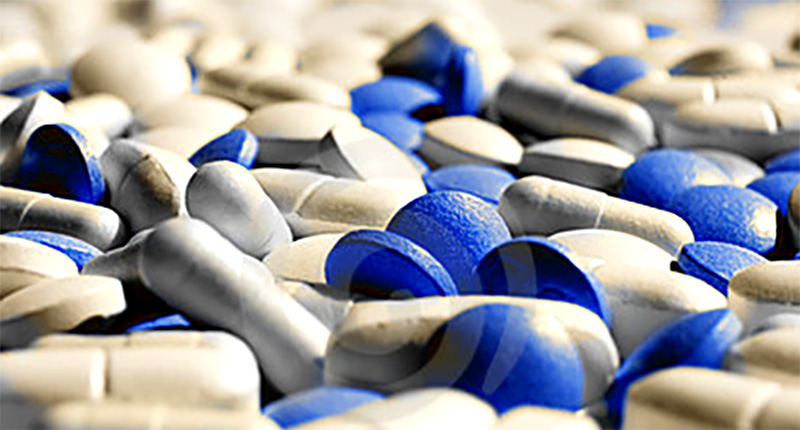
A generic drug is defined as “Any drug marketed under its chemical name without advertising “(U.S. Food & Drug Administration FDA).A generic drug contains the same active ingredients as the original formulations of the branded name drug. Common examples are Crocin, Calpol etc.,
In most cases, generic products are available once the patent protection afforded to the original developer has expired.
Why Generic drugs are cheaper than brand name drugs
Manufacturing generic drugs are less costly as it neither involves the cost of Research, Development and invention, nor the marketing costs like advertising, since it is already in the market. The generic drug manufacturer’s only requirement is to demonstrate to the Regulators that the drug manufactured by them is as good and effective as the original brand name drug.
Are generic drugs as effective as their original brand name drugs for all patients
“For the vast majority of patients, switching is not an issue “says Aaron Kenath , a physician and drug policy researcher at Harvard’s Brigham and Women’s hospital. However for a minority of patients who received anti-coagulant and anti-hypertension medicine for which there is a fine line between a dosage that is beneficial and one that is toxic.
Status of generic drug manufacture and usage in India,
Even though India is the second largest manufacturer of generic drugs and one of the largest exporters of generic drugs, exporting to over 200 countries including U.S., Europe, Japan and Australia, its domestic market is very small.
Why does the Government of India want to promote generic drugs
The Government of India in a major step to achieve Universal Health Coverage (UHC) has initiated a 5.4 billion dollar plan that would allow the doctor in the Public Health sector to prescribe generic drugs to patients free of cost. This move is aimed at making health care affordable to hundreds of millions of Indians and strengthening the Public Health system which is in a pathetic condition due to lack of funds and infrastructure.
The Indian Government spends just 1.2 % of GDP on the Health sector compared to 6 – 8% in developed countries like U.S., and other European countries. Primary Health Centres (PHC) in rural areas is in a pathetic condition with no basic facilities. At present, doctors in India even in the rural areas prescribe non – generic or brand name drugs, which are expensive and the patient has to buy these from medical shops as the Government Dispensaries do not have stock of the medicine.
As per the Government’s initiative, 52% of the population will come under the cover of the free drug policy by April 2017.
The new policy would however hit the big pharma players hard, as the doctors will be allowed to prescribe only generic drugs and not the branded ones. As such the bigger pharmas will not be able to get a share of the 5.4 billion Dollar plan pie.
Why doctors in India do not prescribe generic drugs
The doctors in India are habitual to prescribing brand name drugs and confident of its results, whereas in case of generic drugs, many doctors are not even aware of the chemical composition of the generic drug. Another reason is that India does not have a strict drug regulation policy which results in spurious drugs being passed off as generic drugs and may result in adverse effect to the patients. The doctors do not like to risk the lives of their patients and hence prescribe branded drugs even though they are expensive and unaffordable to the poor.
Unless there is a legislation to prescribe only generic drugs and also a strict drug regulation policy in place, the doctors will continue to prescribe branded drugs though they are exorbitant.
S.G.B. Rao, LSW Lifescienceworld
www.lswlifescienceworld.com